How to fix a waterlogged lawn — 5 steps for rescuing your yard
Make your backyard look beautiful again by removing excess water

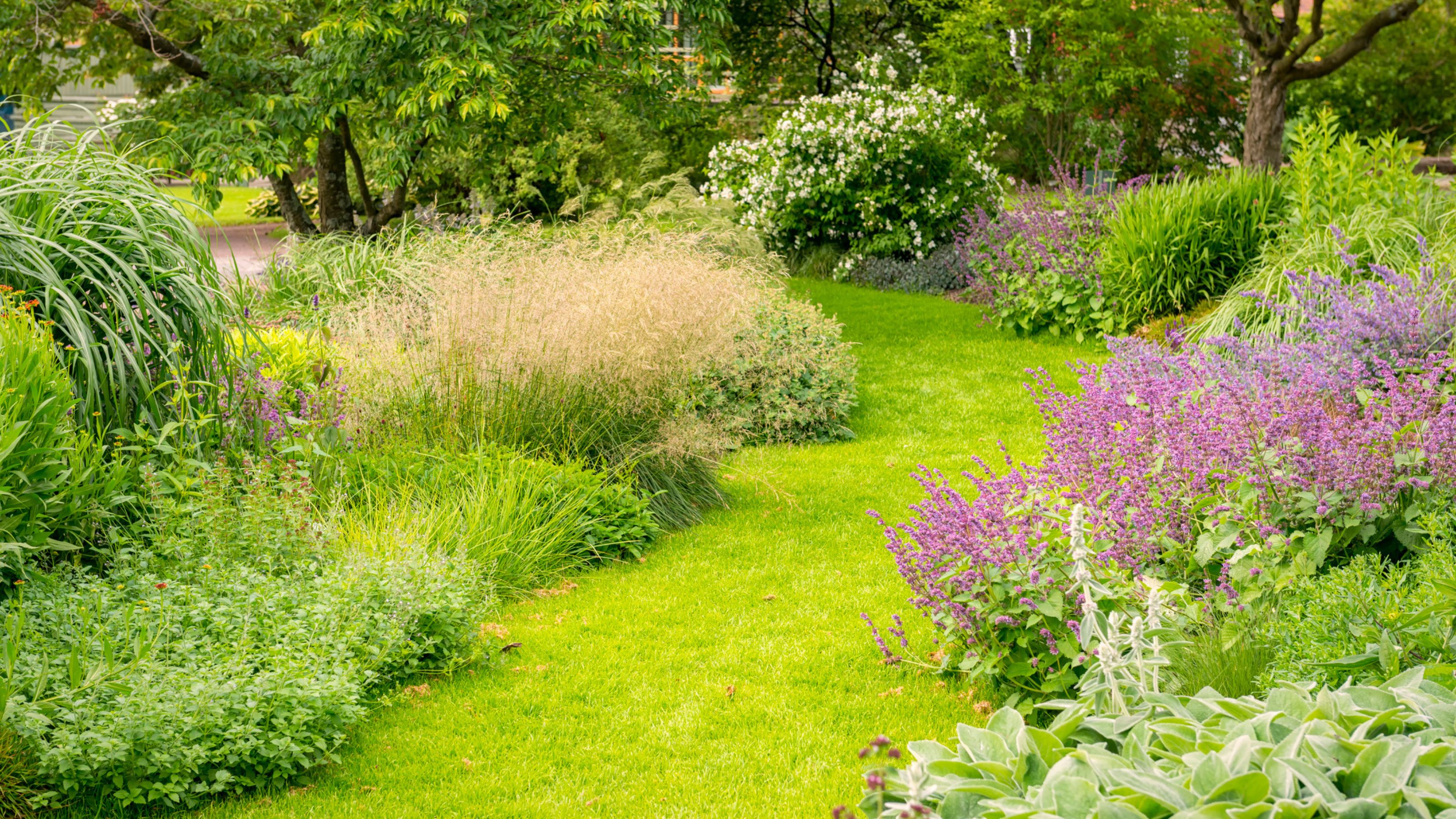
If your lawn is full of water, it's a good idea to fix this as soon as possible, so it doesn't damage your turf or grow moss or algae.
I've asked gardening and landscaping experts who have dealt with this how to make sure your lawn drains properly and adjust your lawn care practices to ensure it stays at the right moisture levels.
When taking care of your lawn, it's important to make sure it doesn't get too damp, as this can damage the area. Thankfully, if you are experiencing this issue, it's super easy to fix.
Step 1: Assess the damage

First of all, assess the extent of the waterlogging, as this will determine the steps you need to take next.
“Determine the severity and extent of the waterlogging,” says Tony O’Neill, gardening expert and founder of Simplify Gardening.
From here, he says to identify areas that remain wet for extended periods and check for poor drainage signs, such as pooling water.
“We inspect the gutters and downspouts, ensuring water flows away from foundations,” adds Scott McLeod, landscaping expert and owner of McLeod Landscaping.
Get small space home decor ideas, celeb inspiration, DIY tips and more, straight to your inbox!
Step 2: Improve soil drainage
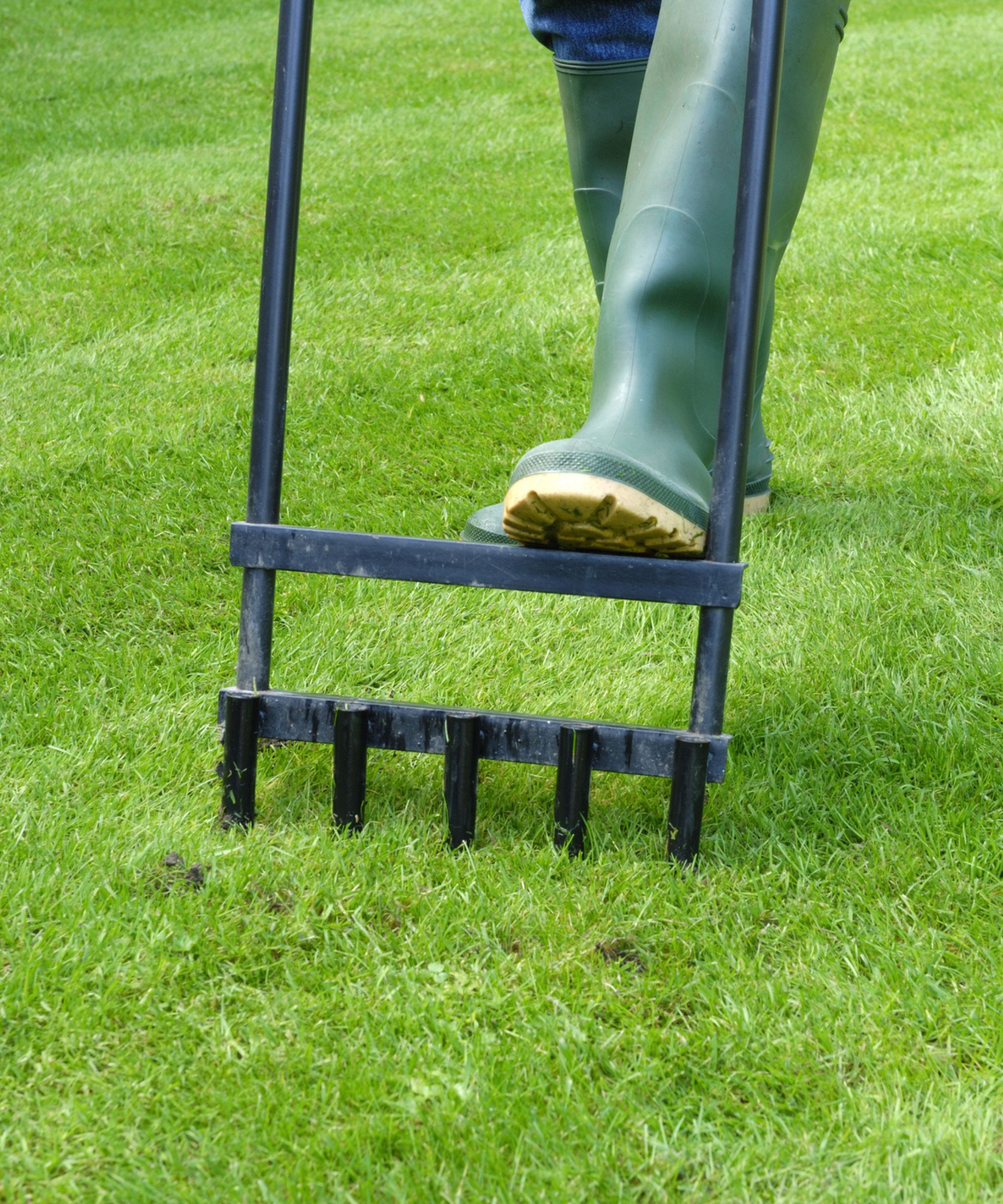
The most important step for fixing a waterlogged lawn is aerating your lawn, as improving the soil drainage will ensure water runs through it properly.
“Use a lawn aerator to punch holes into the soil, which helps improve air circulation and water drainage,” Tony explains. “Aeration should be done in the growing season when the grass is actively growing.”
If you don't have one to hand, the Gymax Rolling Garden Lawn Aerator from Walmart is a great choice as it's quick to assemble, is fast and efficient, and has a clever roller.
After doing this, he suggests applying a thin layer of sand or compost to the lawn to help improve soil structure and drainage over time.
If you’re dealing with a more severe waterlogged lawn, you can also install French drains to direct excess water away from the lawn. You can either do this yourself or get a professional to do this for you.

Size (in.): H16.89 x W10.28
Made from: Metal
Price: $13.95
Made from rust-resistant and heavy-duty materials, this manual aerator will help you create a thicker lawn efficiently. It will powerfully punch holes in your lawn but is still light enough to carry and move around. Make sure to store it in a garage or shed when not in use to help its longevity.

Size (in.): H36.5 x W8.75
Made from: Metal
Price: $48.95
For those with small backyards, this slimline aerator is a great choice. It removes three inches of cores from the soil which will help increase water circulation around your lawn. It's built from durable steel, designed to last a life time, and has a foot bar for extra leverage.
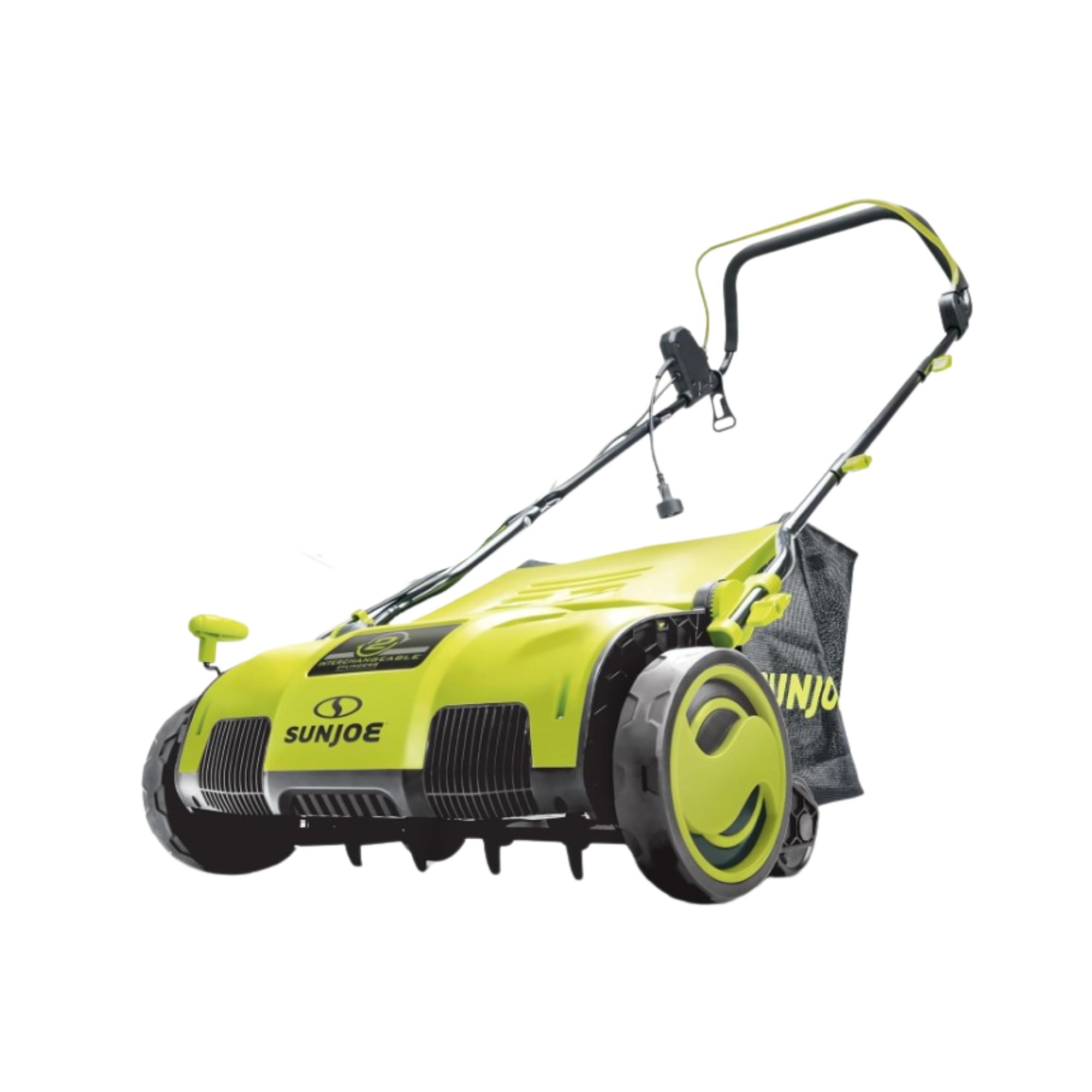
Size (in.): H12.2 x W19.3 x D24.4
Made from: Alloy steel
Price: $199
For those who are looking for an easy solution, this multi-purpose tool is ideal for aerating your lawn. It cuts up to 15 inches wide, making it perfect for tackling large lawns. As well as using it for fixing your waterlogged lawn, you can also use it for scarifying a lawn.
Step 3: Adjust lawn care practices
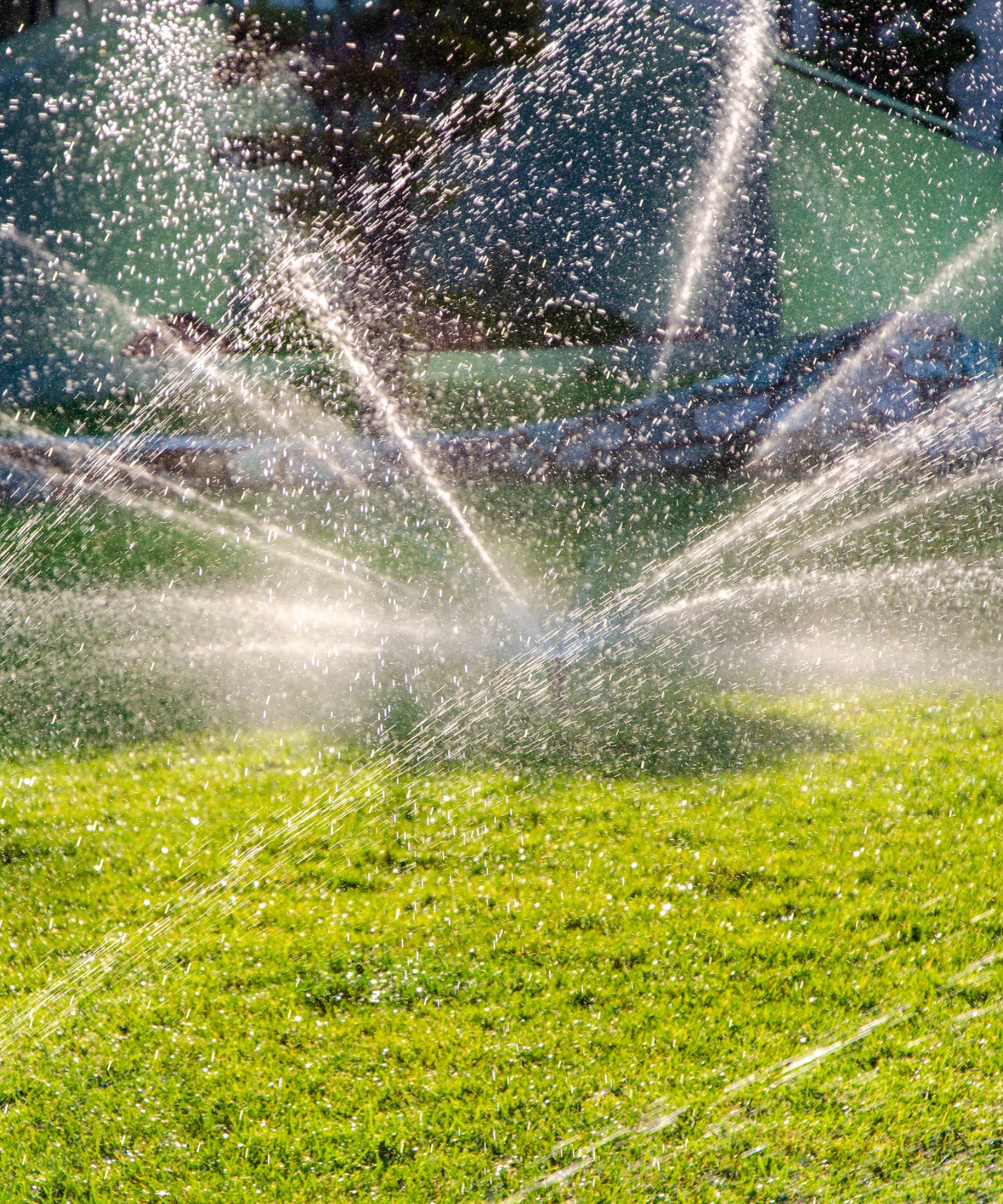
Once you’ve got your lawn draining properly, you need to make sure you adapt your lawncare routine to help prevent future waterlogging.
Tony says, “Reduce the frequency and amount of watering to prevent over-saturation. Water deeply but infrequently to encourage deep root growth.”
“You can also keep the grass slightly longer to help improve root strength and soil structure,” he adds.
Just make sure to avoid mowing the lawn with your best lawn mower when the area is wet to prevent soil compaction.
Step 4: Improve lawn grading
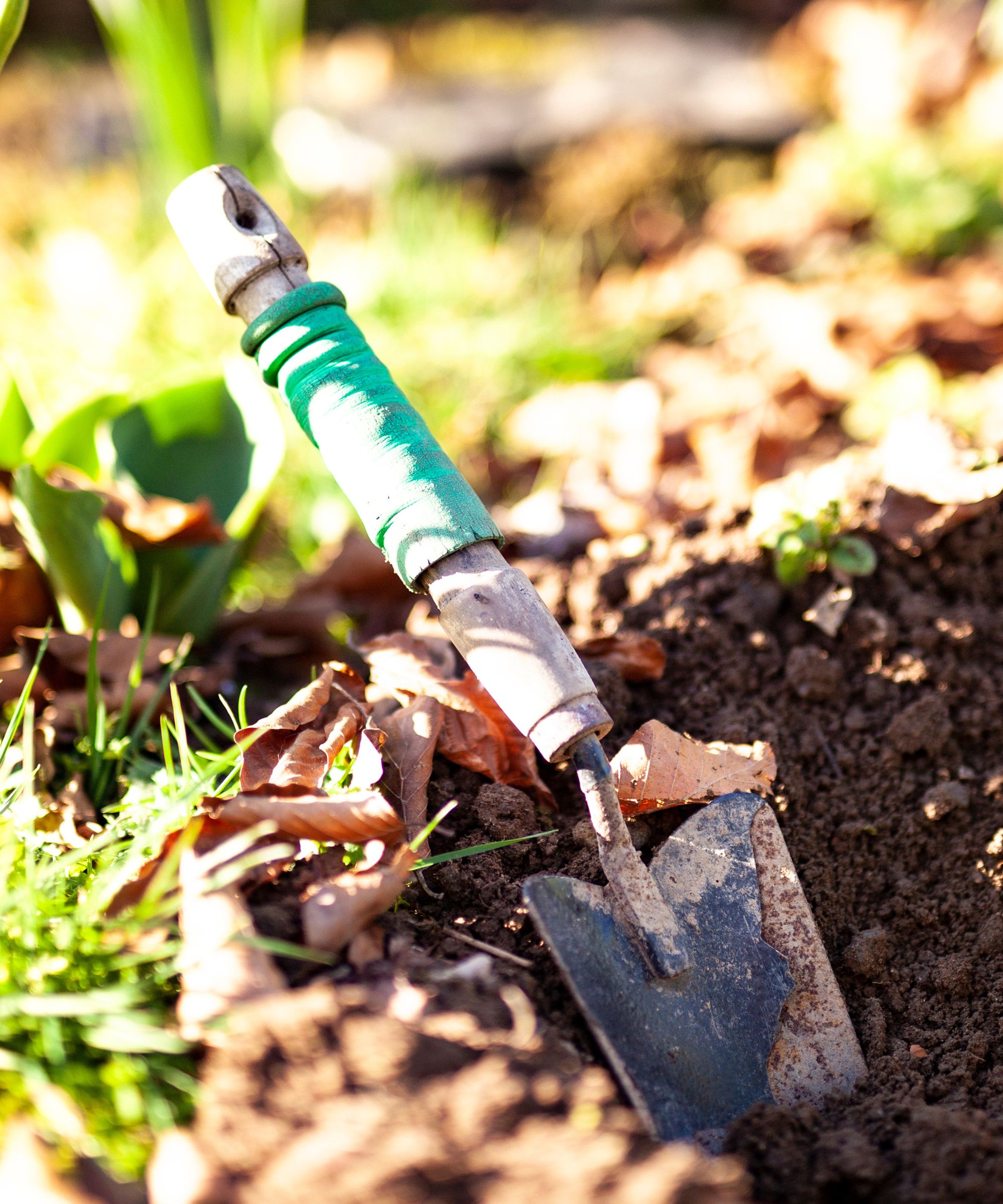
Tony recommends making sure your lawn is graded properly to facilitate lawn runoff.
“Regrade any low-lying areas that collect water to create a gentle slope away from the lawn,” he explains.
This can often involve adding or redistributing soil to achieve the desired slope. If yours is looking a little bumpy, you can learn how to level a lawn.
Step 5: Plant water-tolerant grass varieties
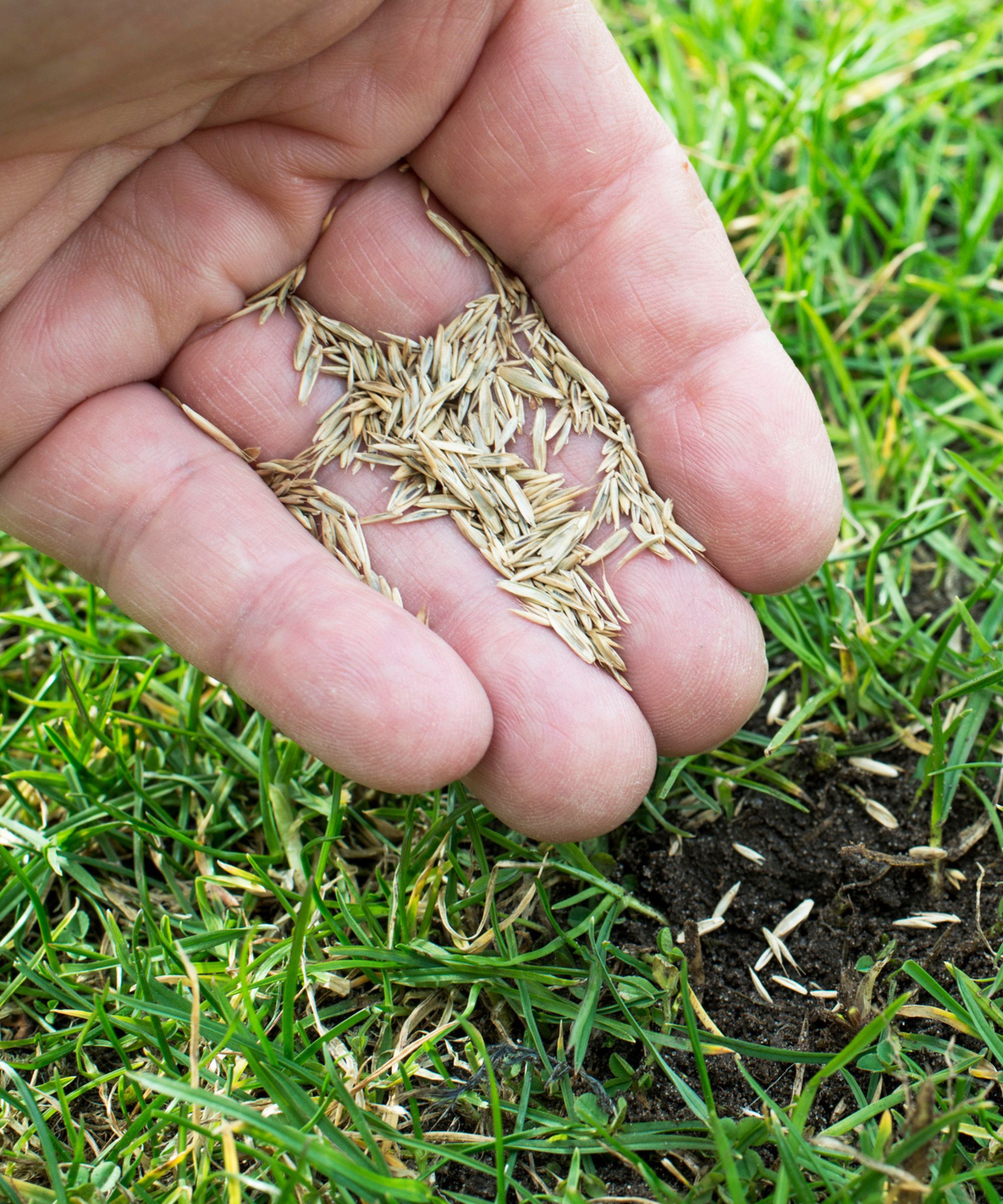
Another great way to ensure your backyard stays dry is by seeding your lawn with grass varieties that are more tolerant of wet conditions.
“Tall fescue (Festuca arundinacea) is known for its deep root system and tolerance to both drought and waterlogging,” Tony explains.
He also suggests trying perennial ryegrass (Lolium perenne), as this establishes quickly and has a good tolerance.
By following these steps, you can ensure your grass looks gorgeous and is ready for you and your guests to enjoy.
Tony says, “In my own garden, I dealt with a particularly stubborn waterlogged area by implementing aeration.”
“Over time, this method significantly improved the drainage and health of my lawn, allowing it to thrive even during rainy seasons,” he finishes by saying.
Want to ensure your lawn doesn’t get damaged again? Learning the lawn mowing mistakes not to make could also come in useful.

Hi there! I’m the former content editor at Real Homes and I'm now a freelance journalist.. I've been a lifestyle journalist for over five years, previously working as an editor across regional magazines. Before this, I graduated from Nottingham Trent University a degree in journalism, along with an NCTJ gold diploma. For Real Homes, I specialized in interior design, trends and finding the best viral buys.